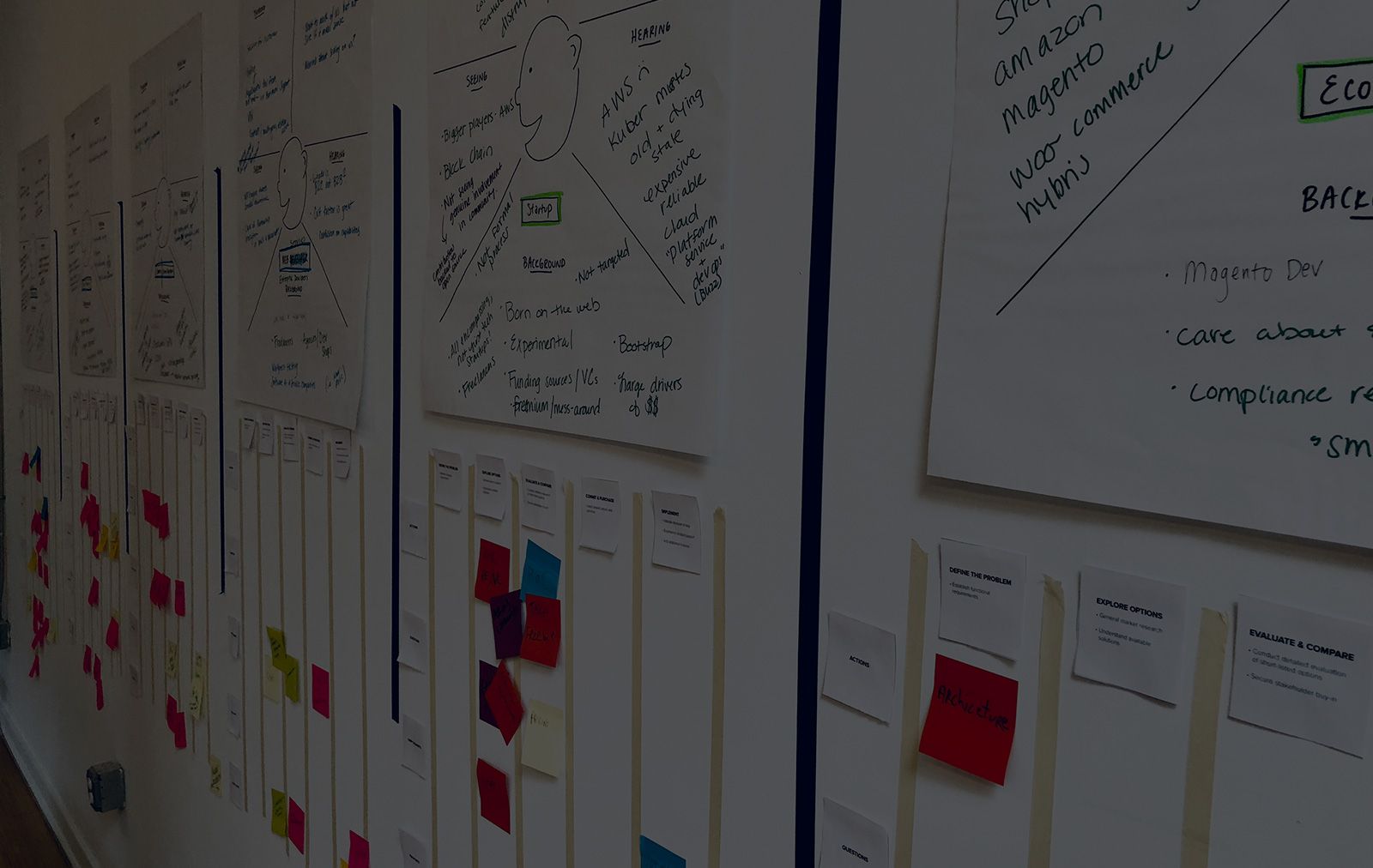September 19, 2018
Increasing Membership for Mission-Based Organizations

“Engagement” has become a bit of a buzzword for companies, nonprofits, and mission-based organizations alike. But it also seems that the term “engagement” means different things to different people. Marketers and social media managers often use the term “engagement” when referring to how an individual is engaging online – in terms of website visits, page views, email opens, social media mentions, “likes” or “follows.” But while building a robust online community is important, that is only part of the engagement equation for membership organizations.
For nonprofits, associations, and other membership organizations, members are their survival, so getting and keeping members truly engaged in your organization is critical. So, if everything is about maintaining high levels of engagement, which member touchpoints are most important? That will depend on your members and their preferences for communicating with your organization as well as their online habits. But here are some tips for building engagement through your website.
Fresh content is key to get members to your website and increase recurring visits
The key goal for any membership organization is to get members to their website and keep them coming back for more. This means offering the right content at the right time. Make sure your content is fresh, up-to-date, targeted to your audience, and easy-to-find will go a long way to keep your audience engaged and ensure they experience the true value of their membership. A lot of great services that are being offered by mission-based organizations are not clearly communicated with their audiences and therefore, are not taken advantage of.
Ensuring content is targeted to your audience
While offering fresh content is a priority, it’s also important to ensure you understand your audience and are offering content that is both relevant and timely. Developing User Personas is a proven and effective strategy to define and clarify your target audience. Creating versions of potential users, defining their motivations, wants, needs and behavior patterns will help you generate more targeted content for your members.
Ensuring content can be easily updated
Developing fresh content is only one part of the puzzle. Once the content is written, it needs to be published and this most likely includes posting it to your website. However, if your Content Management System (or lack thereof) makes this process cumbersome, your content is likely to grow stale or die on the vine. WordPress is the world’s most popular CMS due to its versatility, reliability, and efficiency when it comes to updating content on your website. After a few hours of basic training, you’ll be able to make routine updates to your site to ensure it stays up to date.
Ensuring members can easily find what they want
It’s not just about the type of content, you also have to take a step back and take an objective look at your website to ensure members and new visitors can easily find what they are looking for. A confusing website architecture can be one of the leading factors in bounce rates, as well as frustrated users. Be sure your navigation menu is simple and easy-to-use so visitors can easily find and/or search for topics. To ensure your website is user-friendly or has an effective user experience, take another look at your User Personas and consider how a typical member might use your website – what are they looking for regularly? What do you want them to discover?
Membership Communication is a Two-Way Street…Or At Least It Should Be
Engaging members on your website starts with offering fresh, useful content that is targeted to your audience. But keeping them engaged and participating involves, at the very minimum, alerting them to fresh content and enabling two-way communication.
You can keep your members informed of fresh content by including information in other channels, such as regular updates in your newsletter and social media pages. Be sure to include news articles with updates and links to new content.
If your organization has a newsletter, you’ll want to use a reputable bulk mail vendor such as MailChimp. Also, make sure your mailing list is current and remember to deliver content on a consistent basis as sporadic newsletters may tarnish your brand’s reputation.
Your website should be the epicenter of your organization’s online community. But information shouldn’t just flow out to members; you need to promote two-way communication opportunities as well. This means opening channels so members can also communicate with your administration and leadership, too. Don’t underestimate the value of your social media channels. If your content is rich and thought-provoking, your members will engage.
Once you create a framework and establish routines for identifying and developing fresh content for your website, as well as connecting with members through online communities and social media, you can build on this foundation over time to both retain existing members and attract new members.
Final Thoughts
In recent years, the nonprofit landscape has grown increasingly competitive as various organizations attempt to retain and increase their member base. Highly specialized and targeted content delivered on a consistent basis can play an important role in achieving your membership goals.

